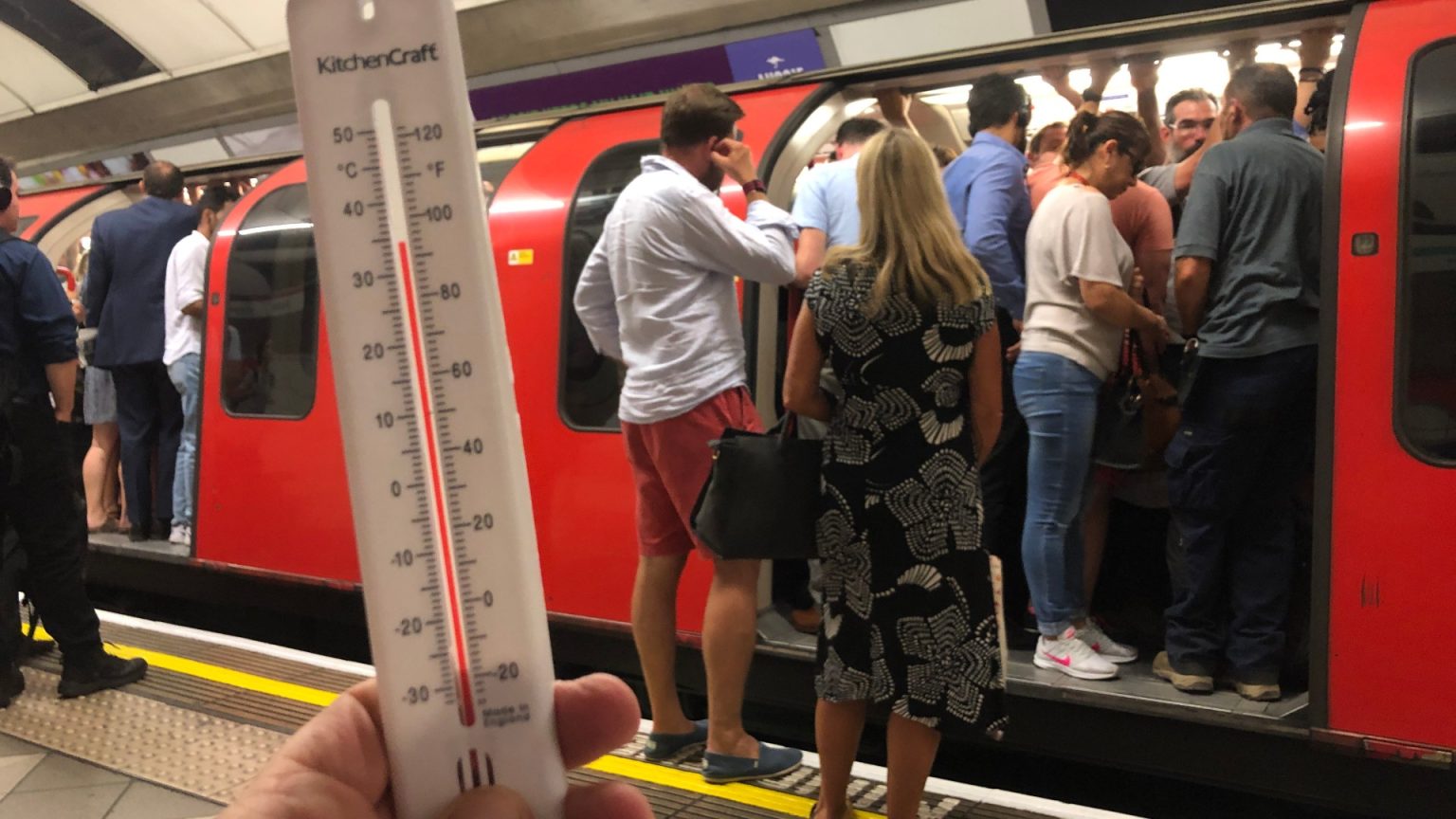The United Kingdom is experiencing a continuous rise in temperatures, which will make some individuals feel "hot under their work collars". This trend, particularly during heatwaves in parts of the UK, has led to several humorous responses from those suits foray into the office. While cool紫外线 can be a pleasant escape, it’s important to note that for employees who find themselves in environments where hotness is unavoidable, they hold their place. This situation is not ainine for everyone, as it depends on a complex interplay of regulations, cultural expectations, and daily comfort levels.
The issue of office temperature extremes can be notoriously difficult to assess, as there are no clear legal guidelines for setting safe or reasonable boundary conditions. Employers are advised to ensure the environment complies with workplace safety regulations, specifically under the Workplace (Health, Safety and Welfare) Regulations 1992, which outline the role of employers in ensuring that the workplace is safe and without risks of heat-related harm. According to John Kushnick of the National accidents helpline, the minimum acceptable temperature for an office should ideally be at least 16°C, but for rigorous physical exertion, workers are sometimes required to maintain a cooler ambient temperature, such as 13°C.
Yet, while Employers must proceed with measures designed to provide a safe environment, there are no laws explicitly stating that workers can pause work under extreme heat conditions. Coaches, public transport operators, and airline pilots areComments suggesting that during extreme heatwaves, the education of their clients and proper measures to mitigate heat-related challenges are crucial. Businesses have received DLLH’s (Specialist and Industry Health Checked Life H GENERAL Resources) guidance in some cases, directing Employers to evaluate their workforce and implement measures such as ensuring sufficient water availability and monitoring employees during hot weather.
While public transport operators like Transport for London have suggested that all tubes be air-conditioned by 2030, Londoners have already suffer heat waves in the past, with average temperatures exceeding 42°C in 2018. For travelers, especially those bypassing the office environment, following the advice they can take in hot weather is essential. Travelers should facilitate a cool climate environment by wearing loungewear and adopting practical temperature-checking techniques, such as using a mask or a cool weather microphone. Additionally, travelers should consider their comfort during long-haul journeys by carrying a reliable water bottle and stayingriendly, such as wearing loose-fitting clothing as a form of a cooling strategy.
In light of this,thank you for reading. Remember to consult authorities about the heat risks before traveling, as you might be exposing yourself to similar stressors. Stay informed and prepare yourself now to minimize the risks of heat-related discomfort.




